On June 24, Brookings hosted an event on the topic of the 2020 Aid Transparency Index by Publish What You Fund, the only independent global measure of aid transparency.
The 2020 Aid Transparency Index brings some good news about the state of aid transparency among a range of different donors. The quality and comprehensiveness of aid data continue to improve, with 11 donors now in the “very good” category and 15 in the “good” category—which means over half the donors in the index are in those top two categories. The biggest issue across all donors, however, was the lack of performance data and information—objectives, results, reviews, and evaluations. Without this information, measuring effectiveness and applying learning becomes even more challenging.
One clear trend is that multilateral organizations have done relatively well, holding down the top six spots on the index. The other clear trend is that agencies with the sole mission of development are more transparent than foreign affairs ministries that house some or all foreign aid functions.
There are five U.S. agencies included in the index. The Millennium Challenge Corporation (MCC) is in the “very good” category and ranks as the top bilateral agency globally. The United States Agency for International Development (USAID) also significantly improves its score from the 2018 Index, landing near the top of the “good” category. For the first time, the U.S. State Department is ranked “good.” The President’s Emergency Plan for AIDS Relief (PEPFAR), which has had uneven performance in the index over the years, slips back into “fair,” and the Department of Defense falls even further back into the “poor” category.
Figure 1. Overall scores and ranking
Source: 2020 Aid Transparency Index
As each U.S. agency is responsible for its own data, each has its own issues. The U.S. Brief goes into more detail about what worked and where agencies need to focus their attention. The highlights include:
- MCC has continued its leadership role in transparency, topping the charts among all bilateral donors globally. Going forward, it should increase its frequency of publication to become a monthly publisher, a step many other top donors have taken. The other challenge—and one we have raised before—is how to get the Millennium Challenge Accounts (MCAs), the partner country entities that implement MCC’s compacts, to publish more of their data.
- USAID’s work to improve its data across a variety of indicators paid off with its highest score ever in the index. Importantly, it is now a monthly publisher. Like other donors, its biggest issue is with performance data so its focus should be ensuring that information is published for its projects.
- The State Department reached the “good” category for the first time, largely due to its move to monthly publication. Where it needs to focus is on the publication of basic project-level information—an issue we have raised numerous times. Titles and objectives as well as subnational location, project budgets, and performance information all need improvement. Without this data, any user will have difficulty getting meaningful project-level data.
- PEPFAR, which is a data-driven initiative, fell into the “fair” category largely because it failed to publish any data to the International Aid Transparency Initiative (IATI) since the 2018 Index. What data it did start to publish during our 2020 data collective period was of high quality, demonstrating its capacity to publish to the IATI Standard. It has also put in place some improved procedures to streamline the publication processes that should pave the way for improved performance. Finally, PEPFAR’s dashboard now has posted both its IATI file and a user’s guide to help navigate its IATI data.
- The Department of Defense now occupies the lone “poor” position in the 2020 Index, a drop from the 2018 index. Although not a traditional development agency, Defense was obligated over $13 billion in U.S. foreign assistance in FY 2018. There was little engagement with the Publish What You Fund staff during the data collection period, an opportunity that many donors utilize to improve the quality of their data. Although it published good organizational information, Defense needs to recommit to improving its transparency across its portfolio and to publish more frequently.
These are the individual efforts that agencies should focus on to continue their journey to improve data quality. But there is a next big challenge to ensure that all of this work not only improves transparency and accountability of U.S. projects but moves us into the more important goals of doing development differently.
|
“What data needs to do is actually inform a conversation, because we know there are huge gaps in data. If you take data for the answer, then basically you’re imposing the limitation of the data on the solutions and on your understanding of a problem.”
Nora O’Connell, Save the Children |
Data should be a tool for engagement with partner countries and civil society so that we are enabling local decisionmaking and ownership. There are several basic steps to moving in this direction.
First, we need a useable way to share the data. USAID has taken an important first step by developing a new portal on its Foreign Aid Explorer site, the Development Cooperation Landscape. Built at the request of U.S. missions, this tool works through a country lens and provides a one-stop shop for what donors are doing in that country. It breaks the data down in easy to use visualizations and provides project-level data. This tool—available to all—provides the basis for informed conversations with partner countries, local implementers, and other donors about priorities, coordination, roles, and responsibilities.
Second, there is a strong need for data at the country level. Henry Asor Nkang at the Ministry of Finance, Budget, and National Planning of Nigeria, speaks about the need for data. To understand and fully coordinate and effectively allocate resources, Nigeria’s data needs include data segregated by donor, by donor category (e.g., bilateral, multi-lateral), sector, geographic location, and type of assistance (e.g., loans, grants, technical assistance)—in other words, the complete picture of a donor’s intervention in Nigeria. He also spoke to the need for timely and complete aid information and the consequences that follow when that doesn’t happen, saying, “The implication of not having great, complete, and timely data is that we cannot rely on the data for planning and decisionmaking.”
Third, engagement with local civil society is critical to improving aid. As explained by Nora O’Connell of Save the Children, data starts a conversation that leads to better understanding and often different solutions. When the discussion about aid projects is not at a donor’s headquarters, but “is actually centered in communities, the conversation is … focused on what are the changes that people want in their own lives? How are they defining the problems and solutions? What are their governments doing to drive change? What are donors doing to drive change? So, it flips the paradigm and puts the U.S. government as one of many actors with a focus on change and accountability to those communities versus it being about community accountability to, for example, U.S. taxpayers.”
Put all of this together, along with feedback loops to improve data issues, and we have started down a path that builds trust and improves—and perhaps even changes—how aid is implemented. Ultimately, this is our chance to have aid deliver what we want—locally driven solutions for improved lives. Donors, over to you.

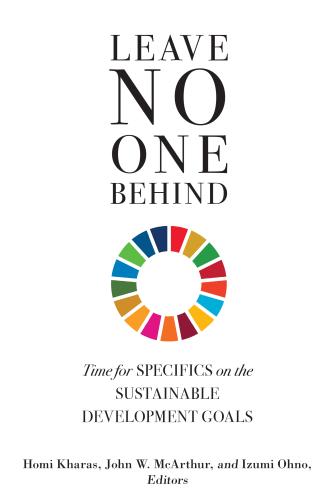
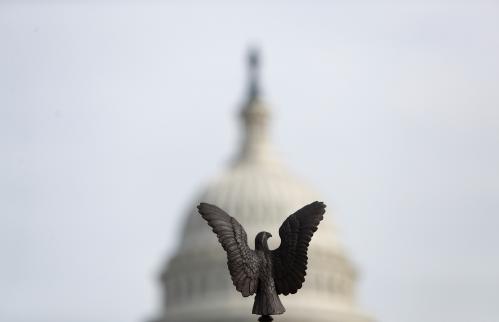
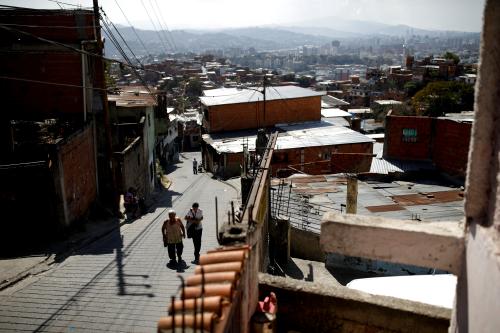


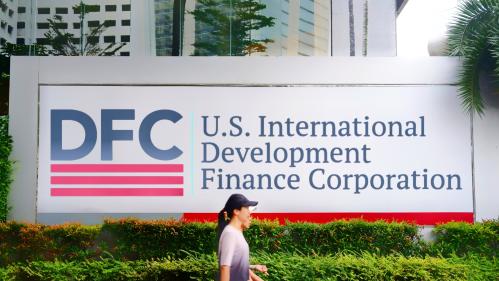

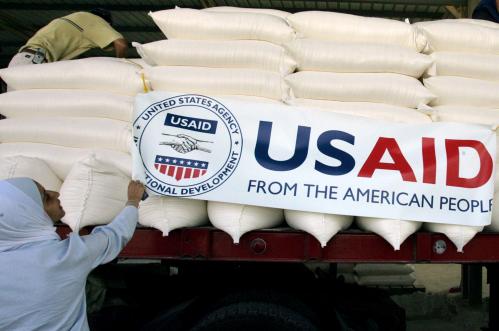
Commentary
The next transparency challenge for US aid agencies: Moving from publication to engagement
July 7, 2020